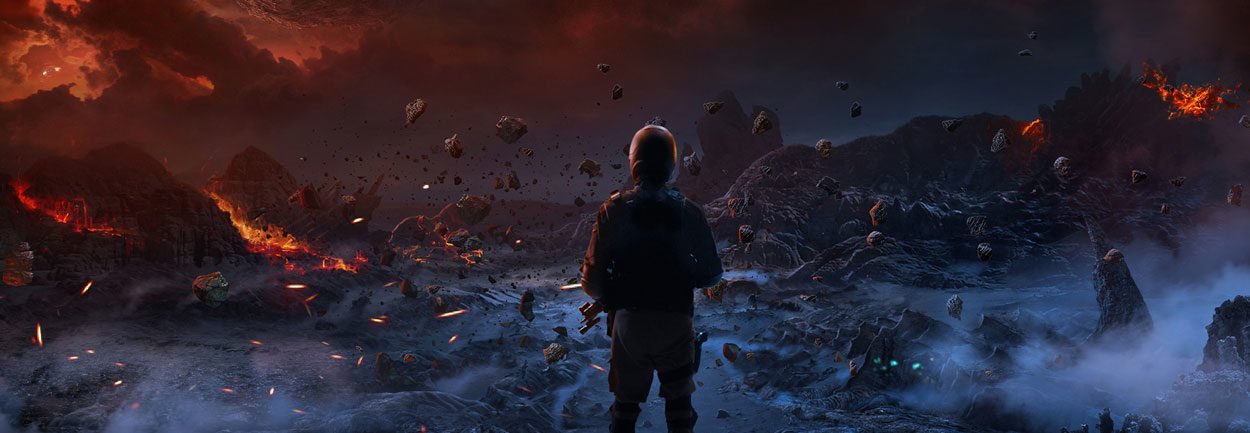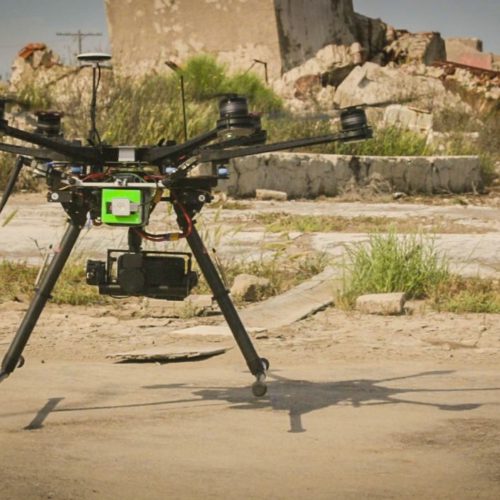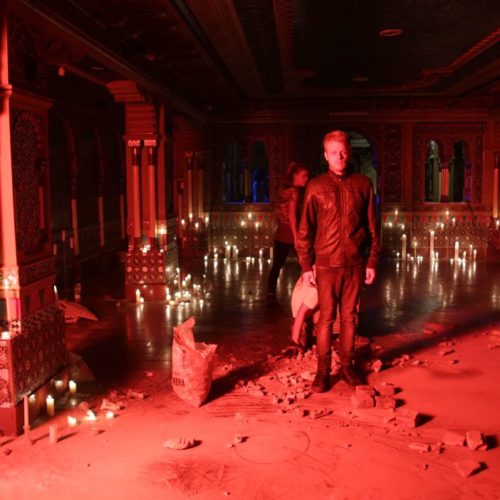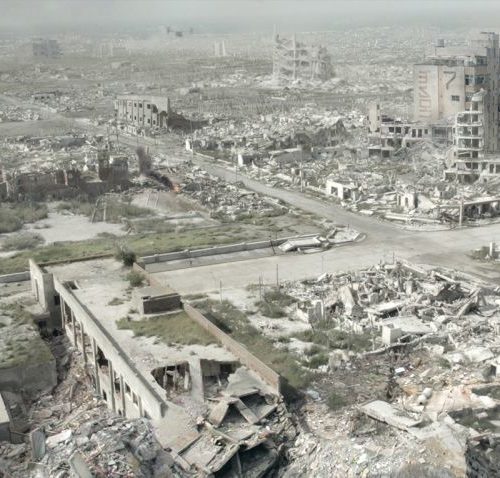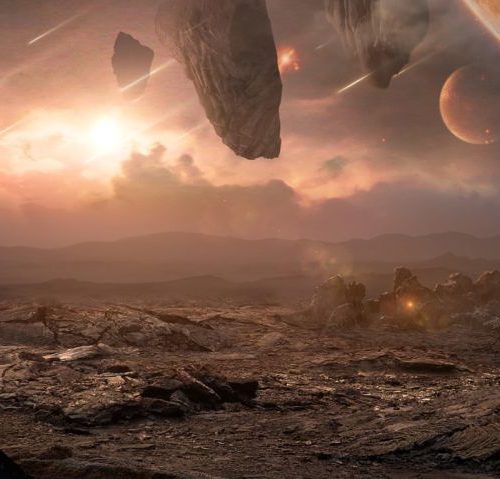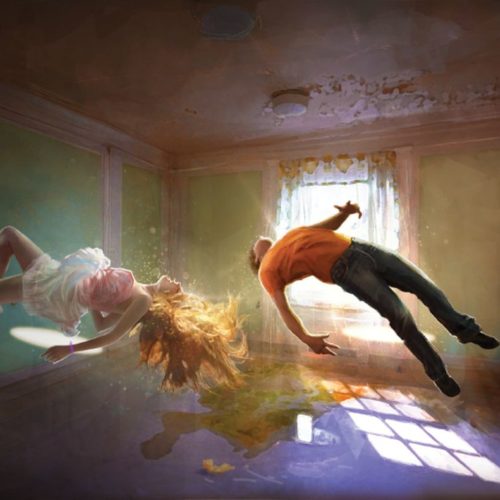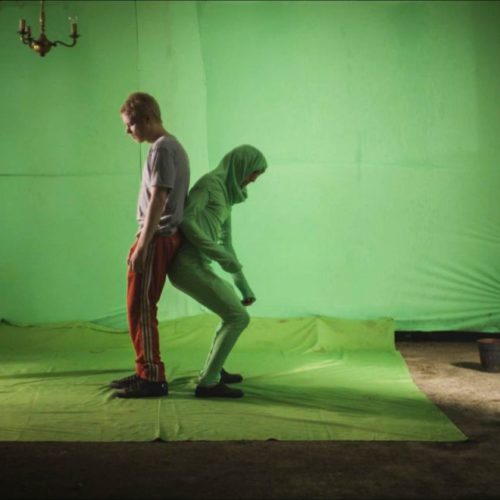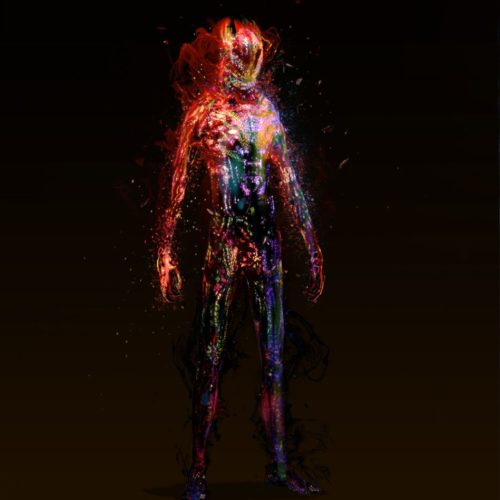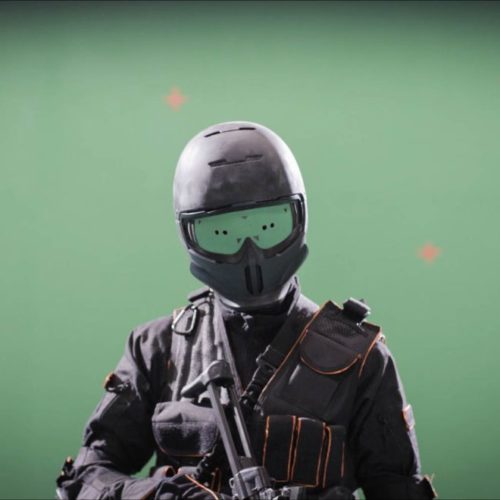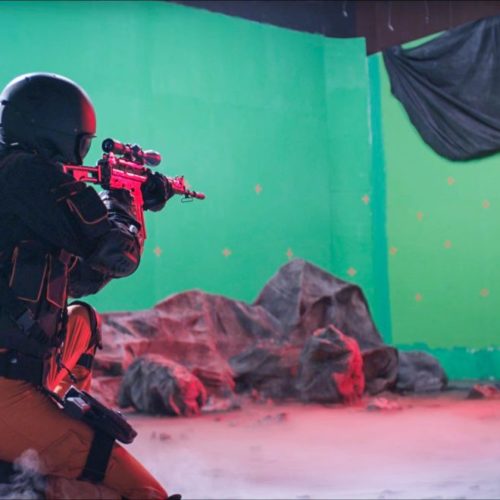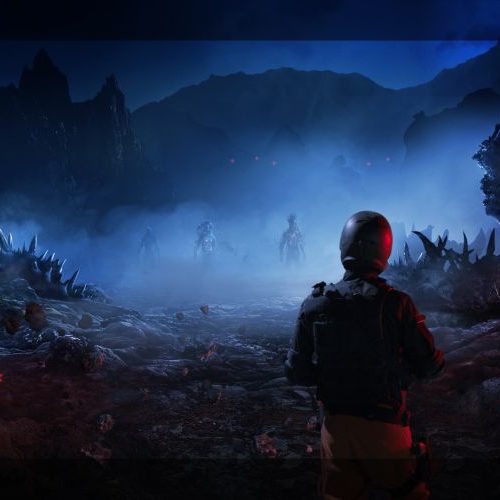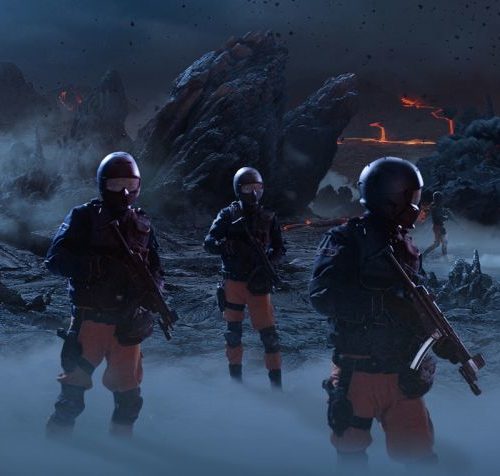Winner of the category “Best Short Film” in 2016: “Uncanny Valley”
In 2015, the short film “Shave It” from the Argentinean studio 3dar was one of many projects in competition for that year’s animago AWARDS. In 2016, not only did the team at 3dar receive another nomination – this time for their short film “Uncanny Valley” – they also went home with the prize for Best Short Film! The animago jury gave the award to this almost ten-minute work in recognition of its strong storytelling with a touch of documentary flavour. The jury was also impressed with the film’s effects, which were made on a zero budget, seeing as the project was a private 3dar endeavour.
The everyday work done at 3dar in Buenos Aires consists of advertising jobs for leading brands such as Sony, Dell and many others. Even more than that, however, the team enjoys doing experimental private projects, gathering experience on VR projects and developing a Virtual Reality Soccer.
VR is the new hip tech trend on everybody’s lips. In 2016 “Pokémon Go” brought some major hype to augmented reality (AR) on smartphones, only to fizzle off just as fast as it came. Many VR-tech games and experiments are now underway in the digital industry, and many of them show considerable potential; but yet, at the moment, nobody really knows what exactly to do with it.
In the dystopian future world of “Uncanny Valley”, however, VR has already made its way directly into the heart of society and, unfortunately, has brought anything but fun and fortune. On the contrary, individuals flee into alternative environments and spend their days in complete denial of reality. In real life, these VR addicts degenerate entirely in rundown housing projects; indeed, they do not consider reality to be worth living in.
Waiting for the idea
Funnily enough, the script for “Uncanny Valley” was already finished before the team even started working on VR projects. Director Federico Heller got the impetus to realise the film from a science fiction script competition. “After five days of brainstorming on the subject of VR, we finally came up with the idea for the film. I can’t really explain how we came up with it. I think you could best compare it to waiting for the bus; we just waited there, trusting that a bus would come around the corner at some point. It’s actually the way the bus system works here in Argentina”, explained Heller with a grin.
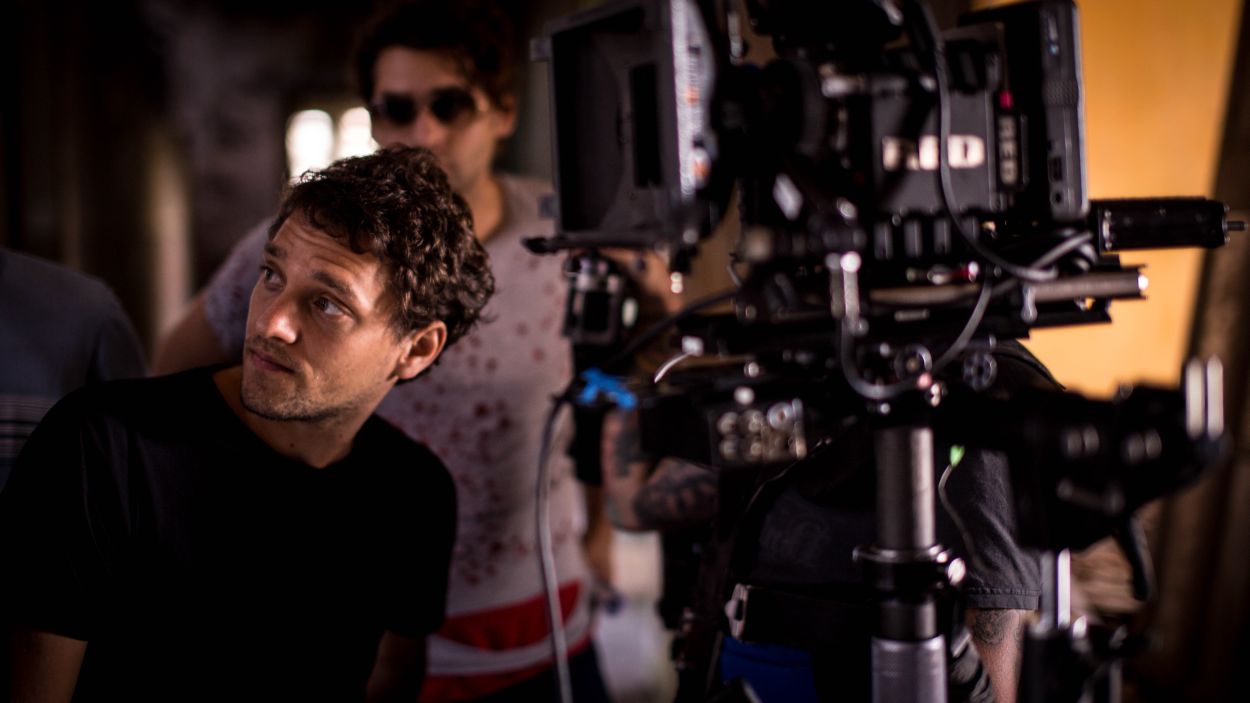
Shooting on location in a ghost town
The team used a RED Epic to film the action scenes, especially for its 5K output and HFR function; they shot the interview scenes with a Blackmagic camera, seeing as it could record smaller file sizes while also better integrating the audio tracks. The aerial shots were made with a Blackmagic Pocket on a drone in an Argentinean ghost town known as Epecuén, which sank into the sea for 25 years starting in 1985 due to unusually strong rainfalls. Since 2009, the water has been receding, thus unveiling what is left of the city.
The task of filming at this location – without any electricity and on very muddy ground – proved to be quite a challenge. The team lit two smoke-free explosive devices in the no-man’s-land; any smoke would have destroyed the continuity of the shot in the case of strong winds. This footage was then motion-tracked in post, where it was given simulated smoke dynamics with support from the company Pyro FX, and in particular from the artist Pablo Olievera. For the final long shots of the apocalyptic city, the team combined matte paintings by Olievera with footage of the real-life city environment.
Like BBQ chickens
After much experimenting, the team created a homemade wooden structure on which the actors rotated slowly like chickens on a spit: this proved to be the best way to create the effect of the VR junkies floating in the room. The team was able to find real-life locations to shoot this scene set in the run-down apartment.
Dazzlingly colourful aliens & green screen
The scenes on the alien planet were the only ones shot with a green screen; the perfect real-life landscape for this environment was simply too far away (20 hours by car). For the final shots, the artists cloned a soldier/actor filmed in green screen wearing a suit and helmet that matched the backdrop and thus ensured successful chroma keying. In addition to that, the team used colourful lighting in keeping with the colour script that had been precisely pre-determined on set.
In the first phase, the aesthetic of the alien creatures was not developed on a computer: instead, the team tested different kinds of painting using UV painting and ultraviolet light, all the while observing the reaction to the light. After that, the footage was adjusted with regard to contrast and colour; the ultraviolet shots were then transferred to 3D characters, which gave the team more control over the camera, light and movement. “During the research phase, the idea was to get away from the computer as often as possible. Even if it feels like a waste of time at first, this approach always pays off”, argues Federico Heller.
Plans
Heller is currently developing the concept further for use in a feature film, where it can function just as well – and perhaps even better – than in a short film. We would definitely love to see it!
(Mirja Fürst)
Behind the Scenes of „Uncanny Valley“
Credits „Uncanny Valley“
Studio: 3dar – Directors & VFX-Supervisor: Federico Heller – Country: Argetinia – Software: 3ds Max, ZBrush, Maya, Houdini, V-Ray, After Effects, Nuke
The two nominees in the category „Best Short Film“ in the year 2016 were:
„Citipati“
School: Filmakademie Baden-Württemberg – Director: Andreas Feix – Producer: Francesco Faranna – Music: Petteri Sainio – Sounddesign: Michael Boeger – Texturing: Natalia Alencar – Country: Germany – Software: 3ds Max, ZBrush, V-Ray, Nuke
“After the End”
School: The National Film and Television School – Director: Sam Southward – Country: Great Britain – Software: ZBrush, Maya, VRay, ZBrush, After Effects, Avid, Nuke
PNY Technologies sponsors our category “Best Short” in 2017. More about them here.

